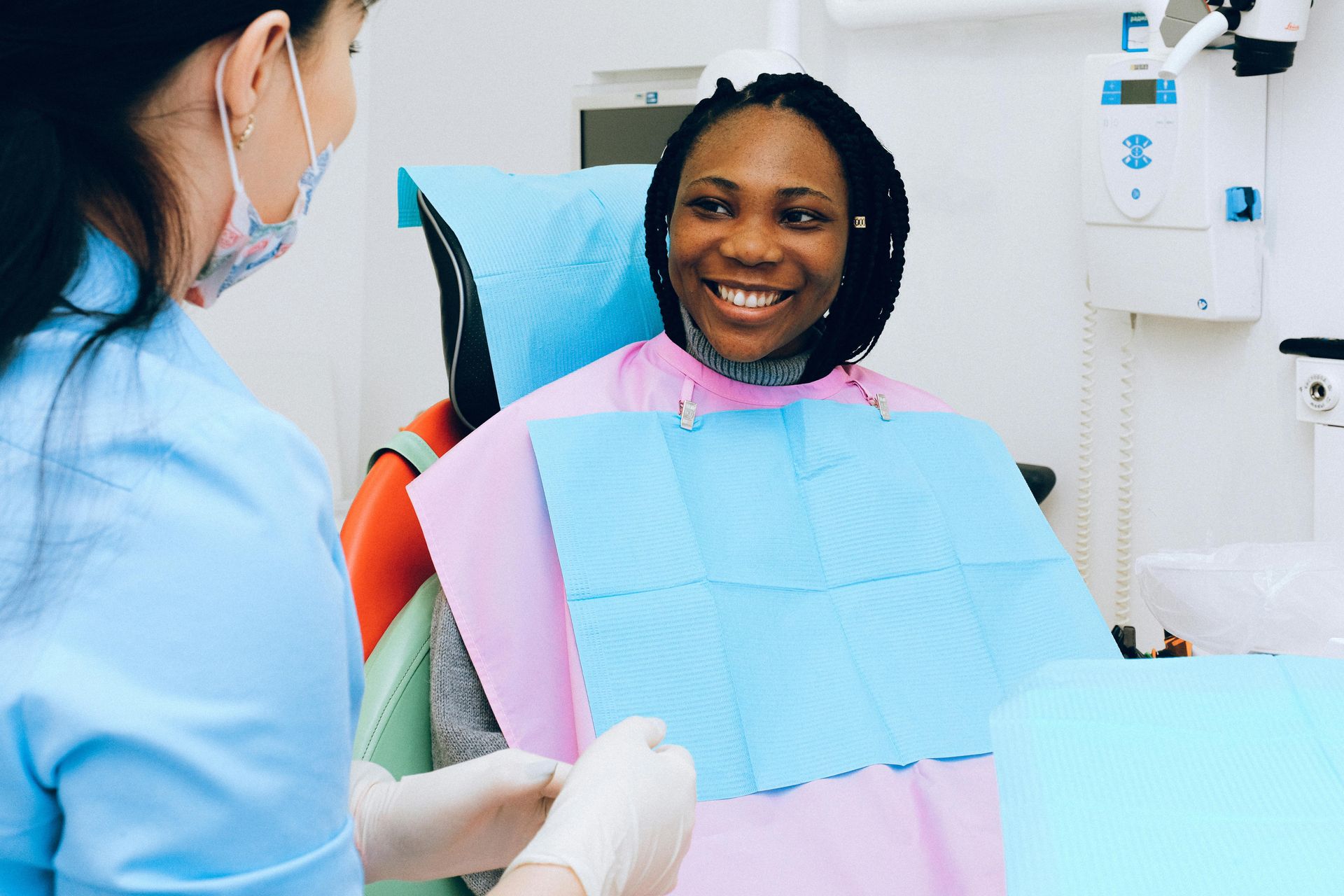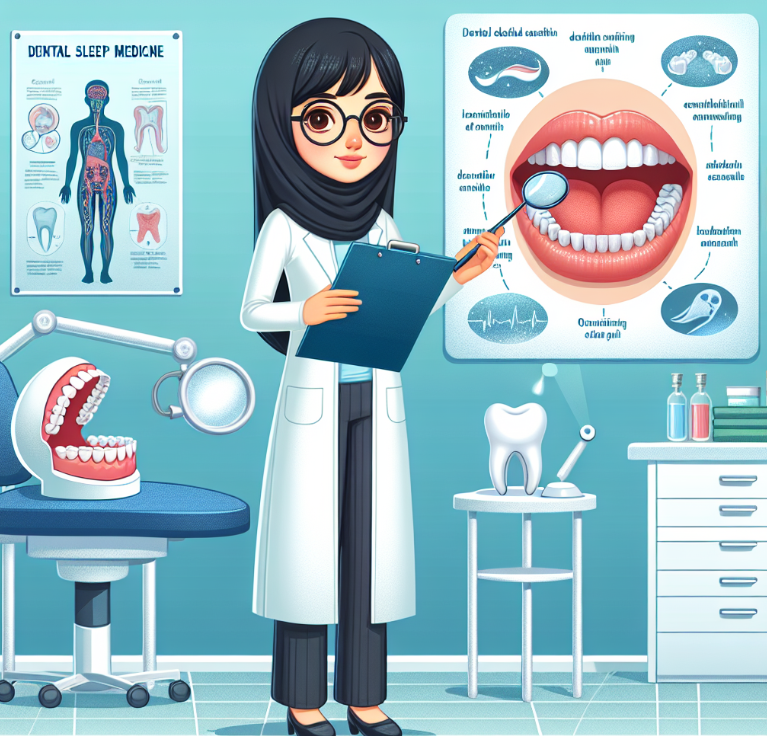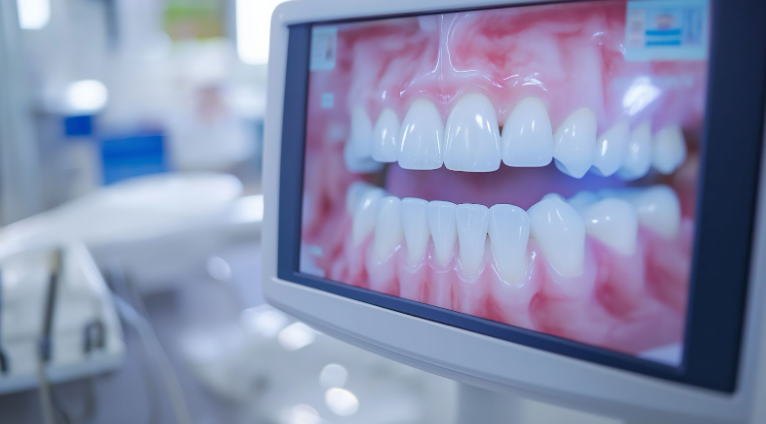Technology in Dentistry
January 7, 2014
We live in a very technological age, where cell phones and computers are common place. A dental office is no exception. As technology advances, so do the tools we are able to use to help you keep your mouth healthy and keep you smiling.
Digital X-rays
In the past, x-rays were taken using film. In order for the film to register the x-rays, the radiation exposure had to be set at a specific level. With the advent of digital x-rays, the exposure rate can be lowered. Digital sensors are more sensitive than film so the needed exposure is much less. This means that the radiation that you are exposed to is drastically reduced.
At Stephens Dentistry, our Evanston dentist office, we use the newest Schick sensors to ensure a crisp clear image with less radiation. Additionally, digital x-rays allow for quicker processing – the x-rays appear on the screen right after they are taken. Once the x-ray is saved to your chart, the dentist can adjust the sharpness, brightness, and contrast to allow them to better diagnose any cavities, abscesses, or perio issues.
Intraoral Camera
Taking intraoral photos in the past involved using mirrors and cameras. Often there would be issues with getting a camera to focus, or the comfort of the patient while trying to get a good photo. Photography has advanced and digital cameras are better and smaller than ever before. Now there are specific digital cameras for use in the dental office. These cameras are small and lightweight. They can easily take intraoral photos without any discomfort. The new intraoral cameras have built-in LED lights to ensure that the photos are well lit. Furthermore, the intraoral cameras we use at our office here in Evanston have a fixed focal range that allows the clinicians to take clear images even in extreme close-up situations. With our intraoral cameras, we are able to show you why we recommend the treatment that we do, allowing you to take an active part in your oral care.
CAD/CAM imaging and CEREC milling
CAD/CAM imaging allows our dentists to take digital impressions of your teeth. Using the digital impressions, our dentists can design: crowns, onlays, inlays, bridges, and veneers that fit perfectly over your prepared teeth. Once your restoration is designed, it is sent to our CEREC milling machine where your restoration is milled out of a solid block of e.max porcelain.
With the combined power of CAD/CAM imaging and CEREC milling, we are able to create beautiful custom restorations for you in one day. Previously, these types of restorations required taking impressions of your teeth and then sending these impressions to a lab. This process use to be messy, time consuming, and less than ideal; as you would have a temporary placed while waiting for your final restoration.
As the software advances, we will be able to use the digital impressions for much more. In the future we will be able to send your digital impressions to Invisalign or to a lab, virtually eliminating the need for goopy, uncomfortable impressions.
Diode Laser
Diode lasers have been used in a number of different periodontal procedures. The selective nature of laser absorption makes them great tools for dentists to remove small amounts of gum tissue without damaging enamel or restorations. Our lasers operate at 810 nm, which is ideal for absorption by soft tissues. Our dentists use lasers to remove gum tissue so that they can access decay at or just below the gum line. In the past, dentists would “pack the gums,” meaning; they would push the gums out of the way, which was often uncomfortable for the patient. Another option would be to use an electrosurge, which was less accurate and has the potential to harm hard tissues.
As technology advances, so does our ability to provide you with the best that dentistry has to offer. Through continuing education courses and seminars, our dentists and staff strive to stay on the forefront of dental care to ensure that we can provide you with the best care possible.
The post Technology in Dentistry appeared first on Stephens Dentistry.



Join Our Elite Dental Family


©2022 Stephens Dentistry. All Rights Reserved.


